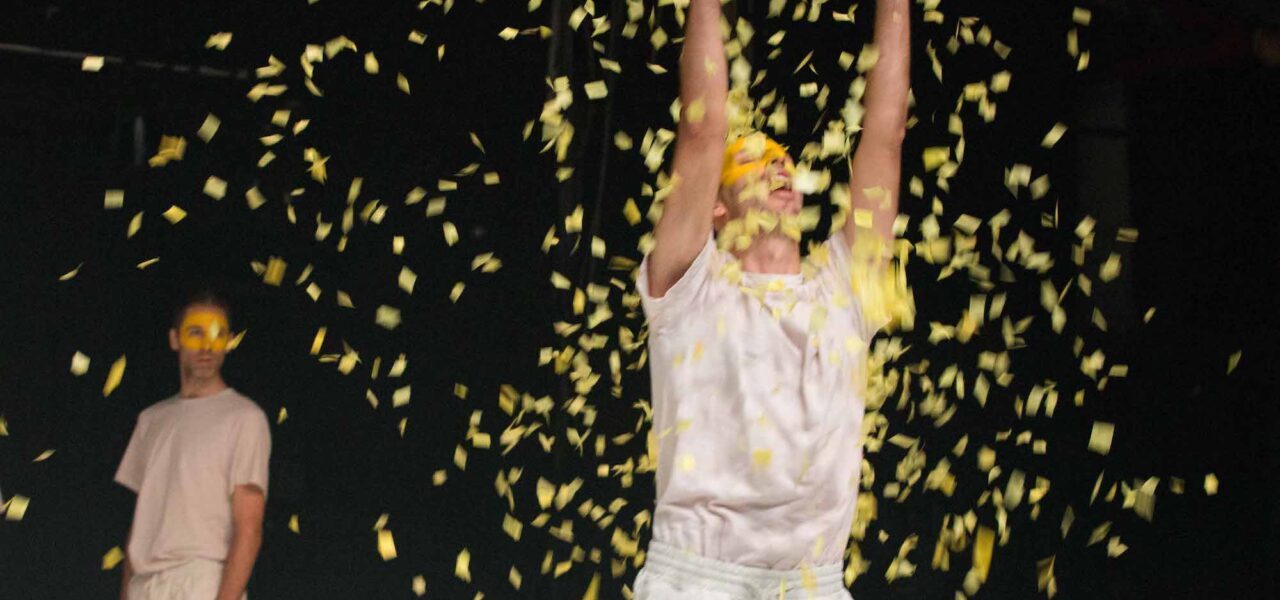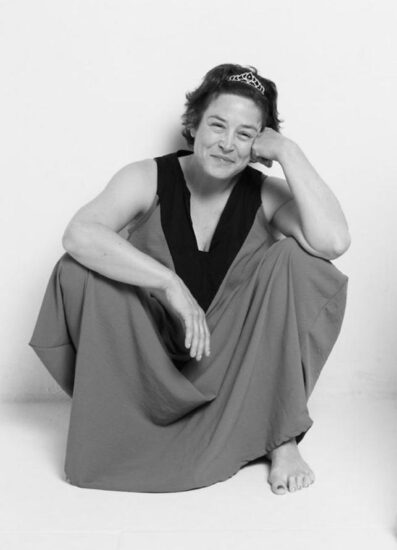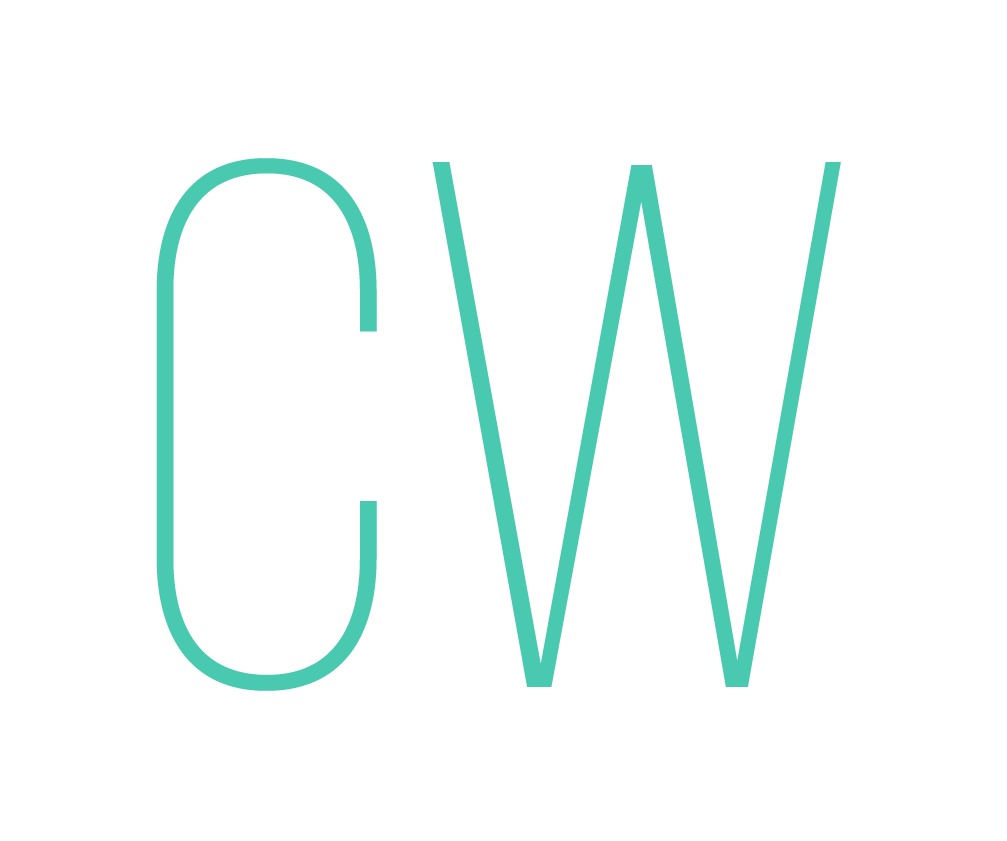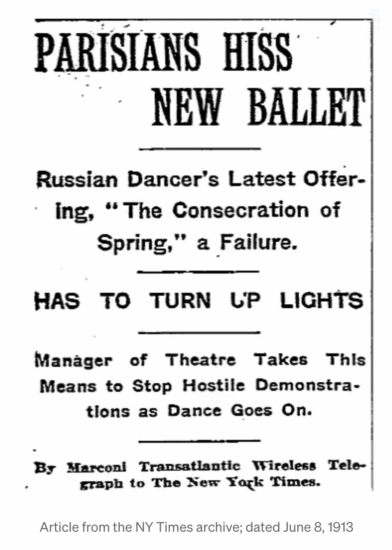The Rite of Spring by Yossi Berg and Oded Graf- A Look at Two Performances by Heather DeAtley

*Photo Tamar Lamm
Some works we need to see more than once. Yossi Berg and Oded Graf’s ‘Rite of Spring’ is just one of those works for me. It needs to be seen and sensed from multiple angles, chewed in small bites, metabolized, and then consumed again. There is a timeliness to this work now in our current reality, even more so than in 2017 when it initially debuted. I had the privilege to see the original full-scale work in its premiere, the same year we conceived our daughter, Sol. There is something powerful in having experienced this piece as a Maiden and now, twice, as a Mother. The Mother in Me had much to unpack with this work. I had the privilege to see the piece in an intimate studio performance both at Menashe Dance House the night before the first hostages were released and a second time in Studio Ora in Suzanne Dellal on the Friday afternoon following the harrowing release of Arbel Yehoud and Gadi Mozes (alongside 5 Thai nationals). These brave hostages were paraded through the mayhem of a frightening and crazed crowd–a crowd perhaps a bit reminiscent of that first Rite of Spring performance where boo-ing and acts of physical aggression amidst the audience had to be subdued by an elevation of the lights.
And meanwhile…amidst the backdrop of it all: 469 Days. 484 days. The day before the fire is meant to cease and hostages return home. Then they are home. And more arrive home. I could feel the anticipation of this piece rising in my body, alongside the negotiations, days before I would actually see these 4 men engage with Stravinsky’s century-old masterpiece, the likes of which have been undertaken by the 20th century Greats: Nijinsky, Graham, Bejart, Bausch, and countless others who wrestled with its’ magnitude and gravitas with ensembles far larger.
I believe our consciousness dances with the dance we’re about to see somewhere in the Quantum field, in this Eternal Now, long before we actually see it. Elements of the creative field that nourished it visit us in our dreams, through symbols, chance meetings, gestures, events…it’s all just electrons, protons, and photons dancing together in different dimensions, after all, until we arrive to the Totality of the actual performance when the audience and performers actually meet in physical form. And they are home. Home again. But not all.
This piece will forever be associated with returning home for me. And what it means on a collective scale. We are reuniting with lost and forgotten parts of our individual and collective selves that have long been held hostage by belief systems and paradigms designed to terrorize, dominate and control.
‘The Rite of Spring’, an orchestral score composed by Igor Stravinsky, premiered originally in the spring of 1913–a year before the start of WW!. The storyline is simple: An old woman enters and offers a foretelling of the future. Maidens parade to the river in celebration of spring. A Dance of the Abduction follows. Rival Tribes duel through dance. The Earth is consecrated. The wise elders enter. A Maiden is selected as the Chosen One. She invokes the ancestors. And thus entrusted to the care and benevolence of the wise elder (men), She then dances herself to death.The Sacrificial Dance. The first performance was met with an intense reaction by the audience and the myth was perpetuated that it created a riot. However, primary sources reveal otherwise.
Yossi and Oded follow a similar sequence but with striking nuance and layers that capture the complexity of our times, especially now. In the opening choreography, the 4 men (Yossi, Oded, Avshalom Latucha and Tal Adler Arieli) begin with a constellation of singularity, an embrace of arms, heads, and hearts. My thoughts turn to the embraces sought amidst the hostages. The connection and support they sought in one another. As the music intensifies, the separation between them thus unfolds more and more violently, occasionally returning to such moments of tenderness. But we are faced with contradictions over and over again. Sexual tension and states of heightened arousal punctuate the 55-minute work alongside the violence and tenderness. Conflicting themes that undermine and perverse one another over and over again.
Through these paradoxes we discover a study of the cult of masculinity, a dying creed, as much a prophecy for its demise as a recognition and parody of the unsustainable nature of it all. Perhaps that’s why it works now with only 4 men. The violence that underscored and informed the collective consciousness a century ago has hit its zenith of power, multiple times, and burnt itself out. An old archetypal story now that needs only a few men to tell its tale.
They were dancing on its embers.
Yet this is the design of Patriarchal systems and structures: to separate, confuse, perverse, and foster division in order to dominate and control. Yossi and Oded hold a microscope to these insidious tendencies of a fractured society corroded by the destructive and unsustainable nature of the Patriarchy (or any imbalance of extremism). It breeds violence. Violence begets more violence. It desensitizes. It numbs generations of men (and the women who love them). It begs the question:
What internal altars have we each sacrificed parts of ourselves on?
Suppressed feelings, stunted Intuition. This is the design: confusion and disorientation have their own violence to them. Every time Yossi began to FEEL something, moments of disbelief, confusion, something new, something strange, something real, his repetition of “Yo, yo, yo!” reinforced what was unfamiliar. He was simultaneously resisting and spell-casting with each “Yo”–a quiet opposition to Patriarchal Forces that had silenced, banished, and cursed the internal guidance systems responsible for questioning the absurdity of such force, manipulation, and control. The red fabric stuffed in the mouths of the 4 male dancers representative of this silencing by the Patriarchy.
Writer, social critic, and radical feminist, Bell Hooks captures this truth succinctly:
“Instead, Patriarchy demands of all males that they engage in acts of psychic self-mutilation, that they kill off the emotional parts of themselves.” (p. 66, The Will to Change)
And thus we witnessed this repeated self-mutilation on stage, over and over again. The heartbreak of it all on the face of Tal’s grimace, his open display of grief as he encircles his heart following the selection of the Chosen One, only to go on to engage in more violence.
Following one of the rounds of repeated Yo’s, Yossi sits on the floor and sobs into the chest of a fallen, lifeless Tal, reminding us that we are all meant to Grieve. Openly. Unconditionally. Regardless of gender. Life is meant to bring us to our knees through feeling its depth.
I am reminded again of the compassionate wisdom of the great Bell Hooks and her call to “Feminist Masculinity”, as outlined in her moving “The Will to Change: Men, Masculinity, and Love” (the perfect companion to this work):
“It’s not true that men are unwilling to change. It’s true that many men are afraid to change. It’s true that masses of men haven’t even begun to look at the ways that patriarchy keeps them from knowing themselves, from being in touch with their feelings, from loving. To know love, men must be able to let go of the will to dominate. They must be able to choose life over death. They must be willing to change.”
The day before I saw the second performance, Ofer Kalderon was released from Gaza. The reunion with his brother held moments reminiscent of what unfolded on stage–a lasting embrace, connection, and ending in humor to soften the intensity of the feelings unearthed. “I have to go to Gaza for you to say you love me,” Ofer jokingly says to his brother after a long, tearful embrace.
And for a moment, I am like Helen Keller in the studio. I nearly put my ear to the floor multiple times, as she famously did in Martha Graham’s studio. Fighting the urge to close my eyes and feel the vibrations through the floor, to let the movement and music live in my body as a frequency that I can translate effortlessly through simply Feeling.
After all, that’s what we’re all remembering to do.
Helen Keller’s Visits to Martha Graham Studio
Throughout the work, Yossi represented masculine archetypes with more feminine-attributed qualities (sensing, feeling, grieving). Midway through the work, there is a brief pause as fabrics are revealed for a costume change on stage. Yossi dons a skirt, fabric bun, and a face covered by red fabric while the 3 other men bear their naked chests with the fabric wrapped around their waist. Yossi has become the Chosen One, the sacrificial Maiden.
Reminiscent at times of Matthew Bourne’s male-dominated envisioning of ‘Swan Lake’, Yossi & Oded play with similar primal themes of masculinity through gesture, sometimes frightening, sometimes enlightening, occasionally comical and laced with levity but mostly tragic–
That such destruction has dominated the narrative for so long.
These wounds inflicted by the Patriarchy run deep. 4 Men, each representing its’ outdated pillars. It is a timely undertaking to revisit this work now in a country war torn and forlorn.
Repeated deaths by different means take on new levels of significance and symbolism whether
from the self-impaling seppuku-like motions to the gun wielding gestures.
In a studio so small you can still see the fear behind their eyes as much as the reluctance in their movement. Yet Yossi’s “Yo, yo, yo yo!” echoes as an insistent reminder, a call, an incantation, a summoning to remember what is really True. And it’s not any of this.
The embrace of 4 men that opens the work and resurfaces throughout. Tender, Present. Whole.
This is True. The cradling of the arms of 4 men as they move symbiotically across the stage holding and nourishing that which is cherished. This is True.
But something interesting and magical happens…a subtle summoning of Hope as Yossi’s Maiden form lay under the fabric on the cold floor of Studio Ora and the bare-chested males crawl over the body. A Primal Parade, territorial in their displays as Avshalom shoos Tal and Oded away like an animal. And then Yossi awakens from stillness, wraps the fabric around Tal and shifts the dynamic. The Maiden is now on top. The Maiden fought back. And she was the last one standing.
An old archetypal story now that needs only a few men to tell its tale. They were dancing on the embers of this failing creed but now The Maiden has risen. Standing alongside and behind her now, The Mother, The Magi, and The Crone. And they’re calling their Red Threads back into wholeness, reclaiming their sons and daughters, as we do the same. Calling them all Home far from the violence that forsook them.
We lost the great artistic voice of David Lynch the week of the 1st performance. I was reminded of his response to the question of “What’s the purpose of life?” To which he laughed and simply said, “totality.”
And so here we are. Perhaps having arrived at the Totality. Even if for just a moment. For the Maiden has risen.
Heather DeAtley
Born in the United States, Heather arrived to Israel in 2011 to dive into the rich movement and dance culture here. Suzanne Dellal became her sanctuary as she immersed herself in the rich worlds of Gaga and the Ilan Lev Method. As a former Division I collegiate gymnast and dancer, movement was always at the center of her life but everything shifted dramatically following a herniated disc that required surgery at the tender age of 19 her sophomore year at the University of Iowa. Her journey into the healing powers of movement had thus begun.
Heather pulls from her long history of movement practice to create synesthetic experiences through her words, event production, poetry, tipulim and intuitive movement journeys. Creatrix of Wombyn in the Water and Wombmynt, alongside Body Poetry (Ilan Lev Method tipulim), Heather blends her fascination with somatics, neuroscience, embodiment practices, pregnancy, birth, embryology, and so much more into all she does. A love of all things dance has always underscored these other passions.
Prior to becoming an ima nearly 6 years ago, Heather had helped in coordinating Suzanne Dellal’s International Exposure festival, graduating to positions of international development and promotion with individual choreographers: Galit Liss, Sally Anne Friedland, and Adva Yermiyahu. These experiences served as the inspiration behind creating/curating the Salon Series in which she hosts female choreographers in her living room of Sde Yitzhak (including fellow Creative Writing contributors Yulia Frydin and Ella Greenbaum!). Movement and poetry are at the core of all she does.
Heather looks forward to launching her body-sourced “Poetry of” workshops later this year.

